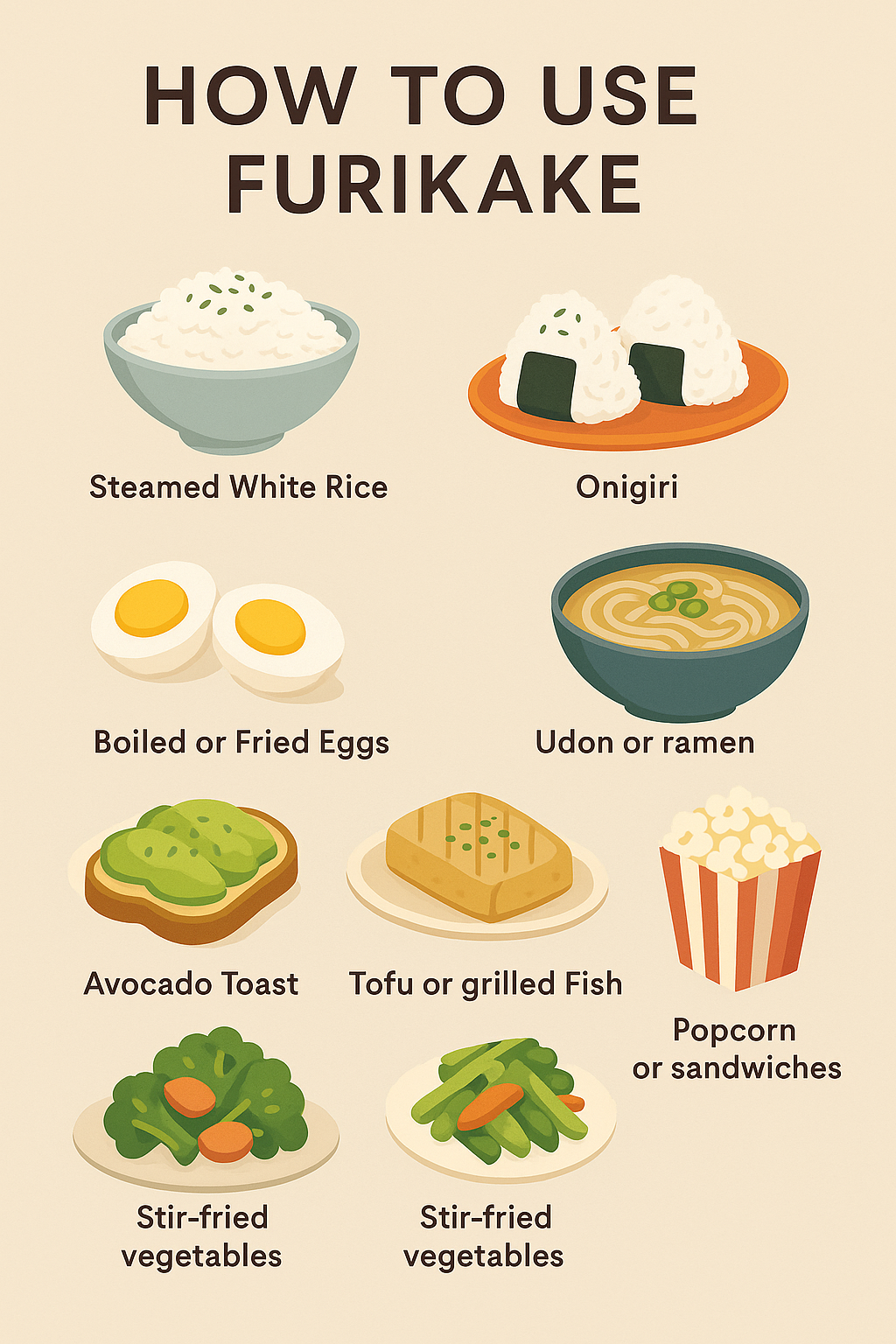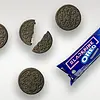What Is Furikake?
A plain bowl of rice can sometimes feel like it’s missing something. In Japan, the answer is often furikake — a dry, crunchy seasoning that adds instant flavor, texture, and umami. Common in everyday kitchens and bento boxes, furikake is easy to use and endlessly versatile.
What's in Furikake?
There’s no fixed recipe. Furikake is a general term for savory dry toppings. It often includes:
Nori (seaweed) – for umami and aroma
Sesame seeds – for crunch and a nutty flavor
Dried fish or bonito flakes – classic in traditional mixes
Salt and sugar – for balance
Additional flavors – such as wasabi, shiso, egg, miso, pickled plum (ume), or kimchi
The result is a crispy, salty, and savory topping that takes little effort but adds a lot.

How to Use Furikake
No recipe needed — just sprinkle it over:
Steamed white rice
Onigiri (rice balls)
Boiled or fried eggs
Udon or ramen
Avocado toast
Tofu or grilled fish
Stir-fried vegetables
Popcorn or sandwiches
A small amount adds flavor and texture instantly. It’s a quick way to upgrade any meal.

Where Does Furikake Come From?
Furikake was developed in early 20th-century Japan as a way to add calcium and flavor to rice. It has since become a pantry staple — found in lunch boxes, supermarkets, and home kitchens across Japan.
Is Furikake Vegetarian or Vegan?
Some varieties are. Always check the label. Furikake without fish ingredients (like bonito) can be vegetarian or vegan — typically those based on seaweed, sesame, and dried vegetables.
Can You Cook with Furikake?
Yes. While furikake is usually used as a topping, it can also be mixed into rice, tossed into salads, or stirred into sauces like furikake mayo. Just note that cooking it may reduce its crunch.
How to Store Furikake
Keep it cool, dry, and sealed. After opening, use it within a few months for best flavor and texture.
Furikake in Our Shop
There are many varieties — from mild to spicy to fruity. A few examples:
Marumiya Noritama – with egg and seaweed
Yamasa Wasabi Furikake – sharp and refreshing
Ume Shiso Furikake – fruity and aromatic




 New Arrivals
New Arrivals
 Outlet
Outlet
 Search by country
Search by country
 Search per category
Search per category
 Holiday Season
Holiday Season
 Recipes
Recipes
 Tjin's Blog
Tjin's Blog









